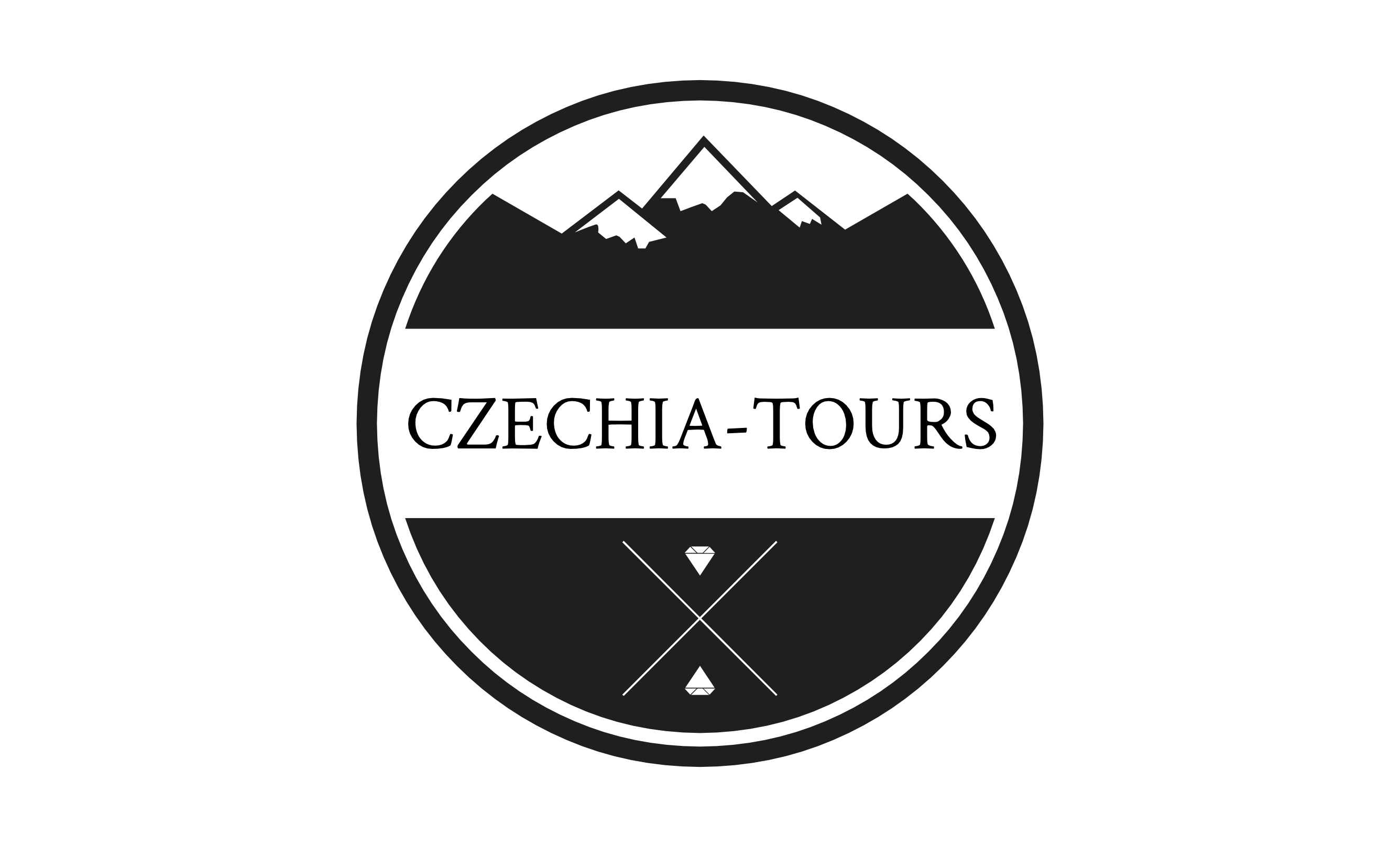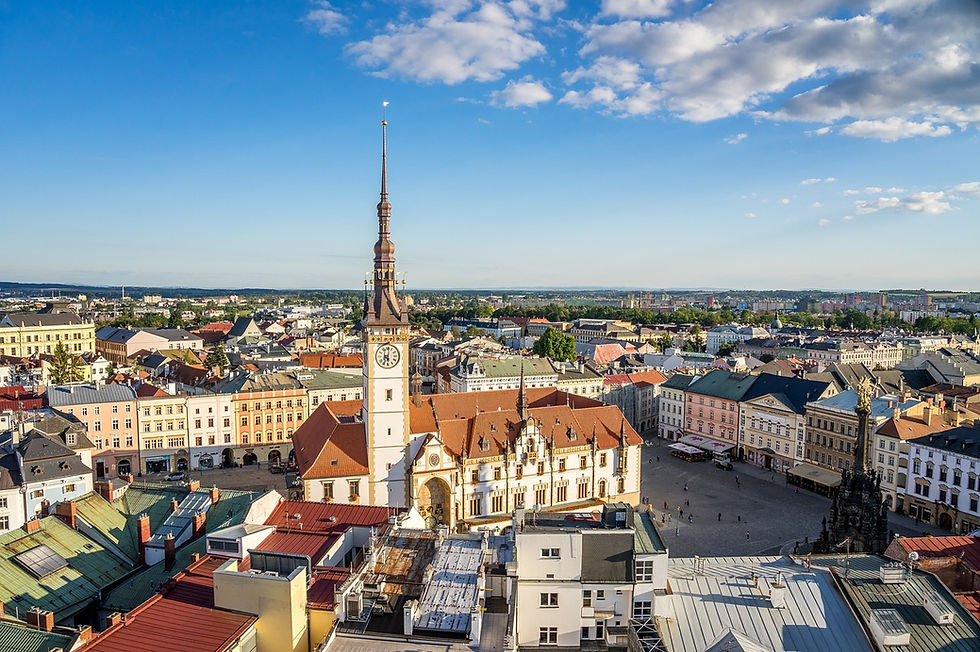Mysticism of the Šumava peat-bogs
- Czechia-Tours

- May 2, 2019
- 3 min read
The peat - bogs (also called the fans) are the symbol of the Šumava nature. They were formed at the turn of the last ice age and post-glacial period (about 9000 - 10 000 years ago). At that time the climate changed from extremely chilly but dry to warm and very humid. Meanwhile the shallow basins, saddles and moderate slopes on the plateau of the Šumava plains with profusion of stream springs and little permeable bedrock created ideal conditions for the formation of peat bogs. The basis of the Šumava peat bogs formation were the mellow basin lakes originally overgrown with reed and various types of sedge. Later on, the peat moss predominated in vegetation of the lakes.

Lower layers of the moss died away and settled, while the upper layers kept overgrowing. Slow carbonization of the dead parts of the plants due to prevented access of oxygen, low temperatures and extreme acidity of the environment gave birth to the peat. The other plants which contributied significantly to the formation of peat were cottongrass and rannoch-rush. In course of the past centuries the peat bogs reached the peat heights of over seven metres. But at certain stages of development there were insufficient water sources to saturate the peat bogs and the lakes vanished while the dwarf mountain pine, spruce and birch took up. The low vegetation of the peat bogs is usually formed of the bog pine and dwarf birch, in the herbal layer there are mountain crowberry, alpine cotton-grass, bog-rosemary, oxycoccus palustris and one carnivorous plant - round-leaved sundew.

There are many of the peat-bogs in the Šumava but not all of them are accessible for visitors due to the enclosure of the territory of the National Park. But we can definitely freely admire Tříjezerní slať (Three Lake Fan) below the southeast slope of Oblík mountain, Jezerní slať (The Lake Fan) situated in between the villages of Kvilda and Horská Kvilda and the Chalupská slať (Chalupská Fan) situated between the villages of Borová Lada and Nové Hutě. All three peat-bogs are accessible for visitors on a wooden footpath and therefore they provide very comfortable tour.

After the WW2, Central Europe became the centre of an ideological power struggle between East and West. In 1946 the Communists came to power in former Czechoslovakia and many people wanted to leave the country. Remote and mountainous Šumava on the border with Germany became a key route for people trying to escape to the West. But deep Šumava forests and peat-bogs represented a great danger for people on exile so they used the help of the local residents to cross the border. Tough times create a legends - and the legend of the King of the Šumava was born. A hero who was so unhappy about the loss of freedom of his nation and therefore began to help people on escape. He was a thorn in the side of the Communists and over the years they couldn't capture him. His ability to move like a phantom in the Šumava forests gave him almost a supernatural aura. Nowadays we can only guess what’s true and what is the creation of somebody’s fantasy. But what we can definitely feel is the mysticism and special energy of the Šumava peat-bogs and deep dark forests. Because they might remember everything.




Comments